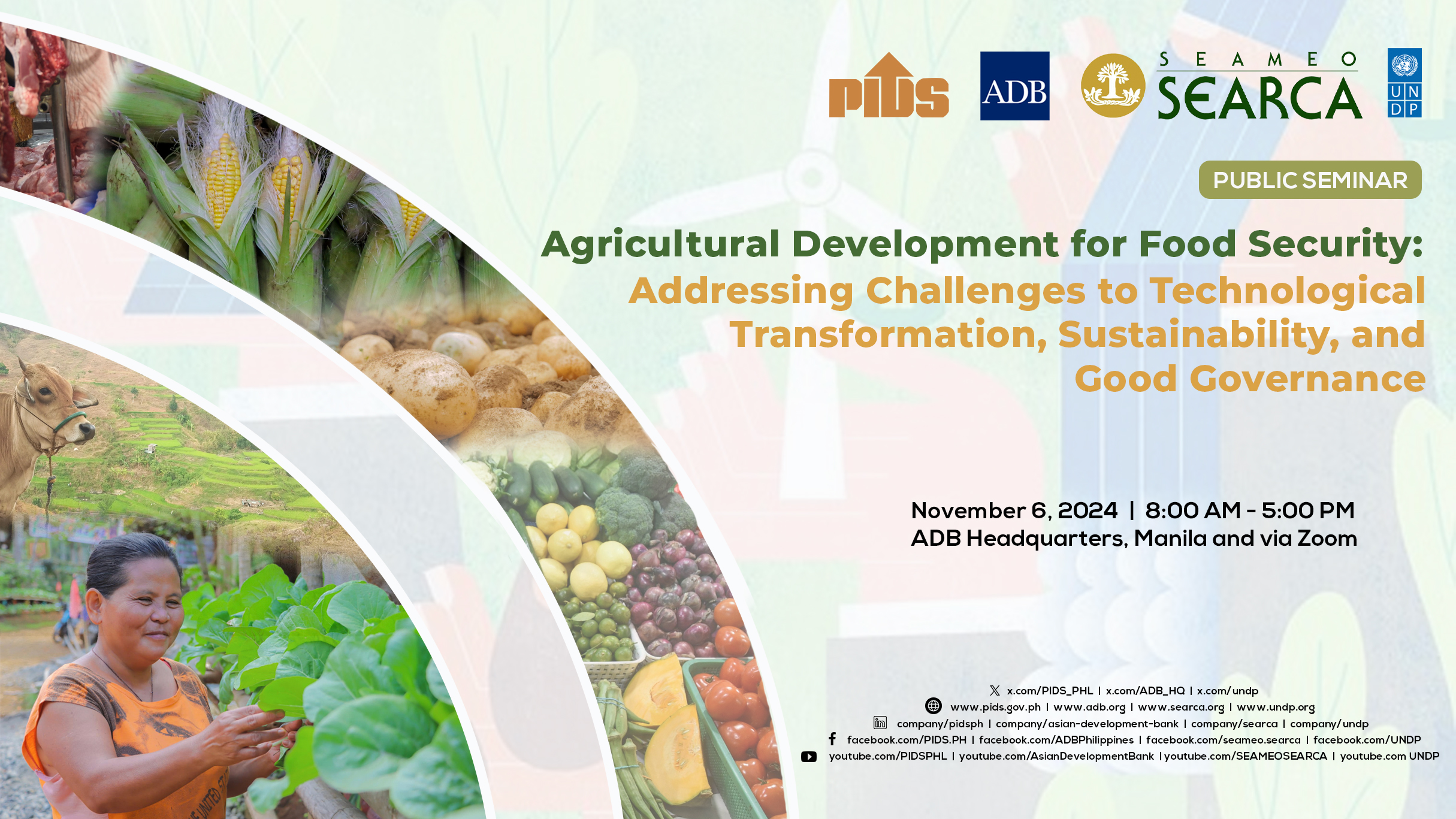THE process of making food more affordable goes hand-in-hand with upgrading the quality of jobs available in the broader economy, particularly among agricultural workers, who are among the country’s poorest, the Philippine Institute for Development Studies (PIDS) said.
“To improve food affordability on the demand side, interventions that help in raising the number of and the quality of jobs available in all sectors of the economy should be targeted among the poor to poorest quintiles,” the PIDS said, citing the results of a study.
PIDS recommended the targeting of farm workers and owners of agricultural businesses due to the high poverty rates within the industry.
In 2018, the poverty incidence rate was 31.6% among farmers and 26.2% among fisherfolk. “These figures are strikingly high as opposed to the poverty incidence rate among the general population, which is at 16.7%,” PIDS added.
According to the study, increasing farm income can be done by introducing new kinds of crops, commodities, or products with higher value.
“From producing only food crops, cash crops or non-food crops could also be promoted. However, rather than merely substituting one type of crop with another, policy makers should consider the complementation of food crops and cash crops since agricultural households would need to produce food not just for income, but also for their own consumption,” it said.
The study cited the example of banana, which can be intercropped with abaca to raise farmer incomes.
“As pointed out in the literature, productivity in the agriculture sector creates a ripple effect. The first round of benefits from productivity growth are enjoyed by farmers through higher incomes and better own-household food consumption,” according to the study.
“The next round of benefits shall be enjoyed by farm workers’ households, who shall be hired by farm owners as they increase their production investment in the form of additional labor and other farm inputs,” it added.
According to PIDS, the Philippines should also pursue a more open trade policy since it is a net importer.
“One benefit is increasing the variety of imported food products and food sources available for consumers at a more reasonable price. By being able to source food at the cheapest price, this enables the country to build buffer stocks of important food commodities,” it said.
“Sanitary and phytosanitary measures can still be implemented without restricting trade flows. To ensure food safety and quality, the country should upgrade its system, personnel, and equipment to implement food safety regulations expeditiously and effectively. Another advantage would be the strengthening of link of domestic value chains with global markets thereby creating global value chains,” it added.
The study said that being able to market higher-value domestically-produced products incentivizes producers to further invest in expanding production.
“As these value chains become more efficient, food prices tend to go down as well. The government can still support local producers, but only through a less distortionary type of farm support,” it added.
PIDS also said that the agriculture sector must continue to invest in data, technology, and innovation.
“There are various technological innovations that the government and private institutions could explore for the development of the agriculture, food and nutrition system. Technology and innovation encompass all stages of the food system, that is from production, postharvest, up to distribution and consumption,” PIDS said.
The study found that R&D can improve the productivity of staple crops as early as the production stage.
“A doubling of rice yields, for instance, could reduce the number of food-insecure households by 38%. Increasing the volume of production lowers food prices. In addition to increasing yield, R&D should also pursue further biofortification efforts of staple food crops and other important crops,” it said.
“Other innovations include improvement on the environmental impact of the agriculture and food sector, like reducing the use of harmful products and methods; cutting food loss through brokering digital apps; and new forms of food, such as edible insects industry, alternative protein, and plant-based meats,” it added.












